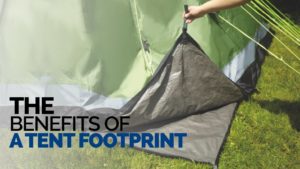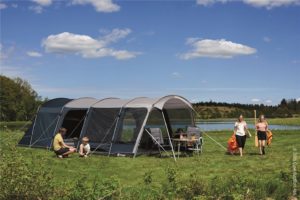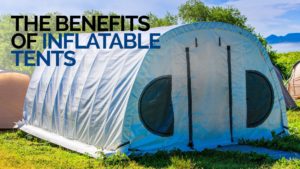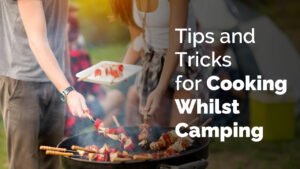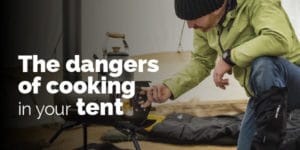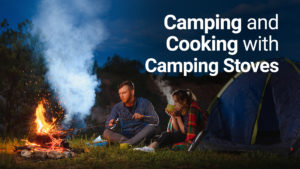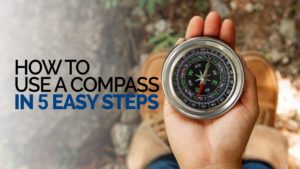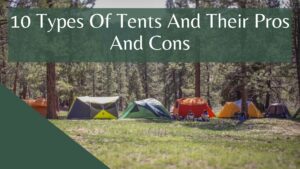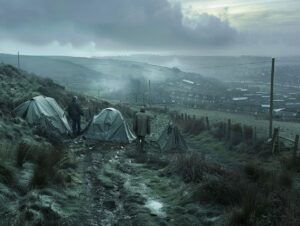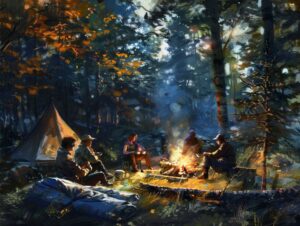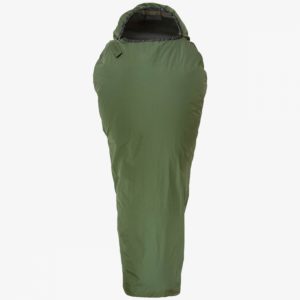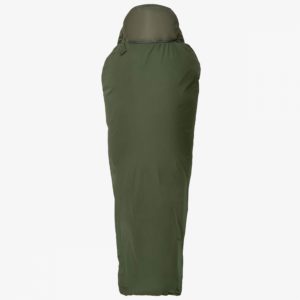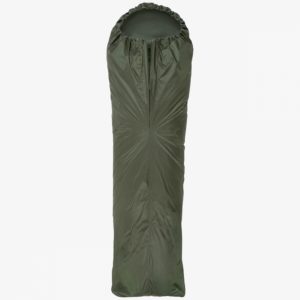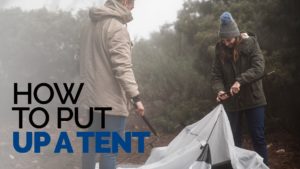
Bivi Bags
Refine your Search.
- Rated 0 out of 5
Highlander Hawk Bivvy Bag
£79.99Original price was: £79.99.£74.97Current price is: £74.97. - Rated 0 out of 5
Highlander Kestrel Rip-Stop Bivvy Bag: Ultimate Protection for Outdoor Sleep
£39.99Original price was: £39.99.£37.97Current price is: £37.97.
Our expert writers
OUR BLOGS
Best Family Camping Tents
A family camping trip gives you the opportunity to spend quality time with your beloved ones. However, the family tent you buy can determine the success of your camping holiday. Whether you’ve been a passionate backpacker before the kids or this is your first time camping, choosing the right sleeping arrangement for your family is crucial.
The best family camping tents must be spacious enough to accommodate camping cots and air mattresses, among a bunch of other features. To avoid a disappointing shopping experience – and equally disappointing camping trip – check out the tips below to find the best family tent for you.
Sleeping capacity
The first thing to consider before buying is whether the family camping tent you like is big enough to accommodate your group. Most brands advertise their tents as suitable for X number of people. For instance, you will find a variety of 3 person tents, 4 person tents, and so on.
It is easy to assume a 4 person tent is big enough for a family of four, but in reality, a tent this size is often suitable for two people camping with a lot of items or two adults and a small child.
Because there is no industry standard to define the per-person tent dimensions, brands calculate a tent’s capacity considering how many adults in sleeping pods it fits. Thus, a 4 person tent is often only big enough to accommodate one queen-size air mattress and little additional gear.
How big a tent do I need?
Instead of considering the sleeping capacity, you should ask yourself questions like: “how big a tent do I need for a family of 4?” In broad lines, a 6 person tent is big enough to accommodate a family of four plus additional items and camping gear.
As a rule of thumb, consider upsizing your tent capacity by 2 persons if you are camping with small children and/or big dogs.
Family tent seasonality:
The seasonality defines how suitable it is to use your tent in various climates and seasons. Family tents can be:
3-season tents: The most popular choice for family camping, 3-season tents are lightweight shelters suitable to use from late spring to early autumn. They usually have ample mesh panels that promote airflow and keep insects out, whilst a removable rainfly protects you from adverse weather. They are not suitable for camping in harsh weather, such as violent winds, heavy storms, or snow.Extended-season tents: Marked as 3+ tents are suitable to use from early spring to late autumn. They include fewer mesh panels, but their design is otherwise similar to the 3-season tent. They are a good choice for family camping trips to exposed or high-elevation destinations and can withstand moderate snow.
4-season tents: These fully fortified shelters are designed to withstand the harshest camping conditions, including heavy snow and strong winds. Most 4-season tents have a dome or tunnel design as well as heavier-duty poles and ropes. However, the extended rainfly made from thicker fabrics hinder ventilation and makes them very hot even in mild weather. They are a good option for winter camping but a poor choice otherwise.
Weather resistance:
Family tents are typically larger and taller than other camping tents; this is why you must pay attention to the following feature when determining the tent’s weather resistance:
Tent type and structure:
Family tents can fall into one of the following categories:
Cabin tents: Are usually made up of fiberglass or aluminium poles that fit together to create the frame, a main structure with solid or mesh panels, and a removable rainfly that adds wind and rain protection. Their main advantage is the huge living space and head clearance they provide – most cabin tents are over 2 metres tall, which is sufficient for most people to stand and move freely. However, their wind and rain resistance is only average. They also have removable panels that allow you to divide it into a living room and a bedroom area. Furthermore, most cabin tents also have a covered porch area.
Dome tents: Are often made up of two flexible poles that cross on top of the tent. Most dome tents are instant or pop-up in style, taking under 5 minutes to set up. They also pack reasonably compact but provide a smaller living space than cabin tents. Their rain resistance is superior to the cabin tents, but they are less resistant to wind.
Tunnel tents: Combine the design of dome and cabin, providing a generous living space as well as good wind and rain protection. Together with the geodesic tents, they are an excellent choice for family camping in adverse weather or at higher elevations. Besides the standard structure with poles, you can also choose from a range of inflatable tents. An inflatable tent uses air beams rather than aluminium or fibreglass poles, a feature that increases the tent’s resistance to wind. The Outwell Airville 6SA is a fine example of inflatable tent (also called air tent) for families.
Hydrostatic Head: (HH)
This number is a way of measuring how waterproof a fabric is.
The higher the hydrostatic head, the higher its water resistance.
However, a high HH usually means lower breathability and greater condensation problems.
Typically, a HH between 1,500mm and 2,500mm is enough to deal with most summer camping situations.
For colder season camping, go for a tent with a hydrostatic head of at least 3,000.
We don’t stock any tents under the 1,500 minimum threshold as we don’t want you to get wet.
Family Tent Key Features
Peak height:
Being able to stand up and move around the tent could be essential when camping with small children (for instance, you might want to stand to change the nappies or dress your baby inside the tent). Some of the best family tents have a peak height of 2 metres.
Multiple doors:
Big tents with multiple doors are perfect for large families, making it easier to get in and out of the tent, especially for a midnight wee when others are sleeping. Ideally, the tent should have a central door and at least one side door.
Vestibule:
Covered porches or awnings create the perfect place for a camping table or to keep muddy boots.
Storage:
The best family tents should have multiple storage pockets on the walls and maybe a gear loft.
Electrical port:
Makes it easy to plug in your electronics and appliances when using a campground’s outlet or a petrol power generator.
Best family tents from renowned brands
Our goal is to help you build the memories of a lifetime, that’s why we selected a range of family tents from the most popular brands.
Browse our selection or check out the other categories to find the best tent for you.
We have one rule when we are deciding whether to purchase a new range to sell.
Would we use it.
If the answer is yes it has the possibility to make it on site.
If the answer is no, the conversation ends with the supplier.
We simply want to stand behind our promise that every item we sell we would use.


